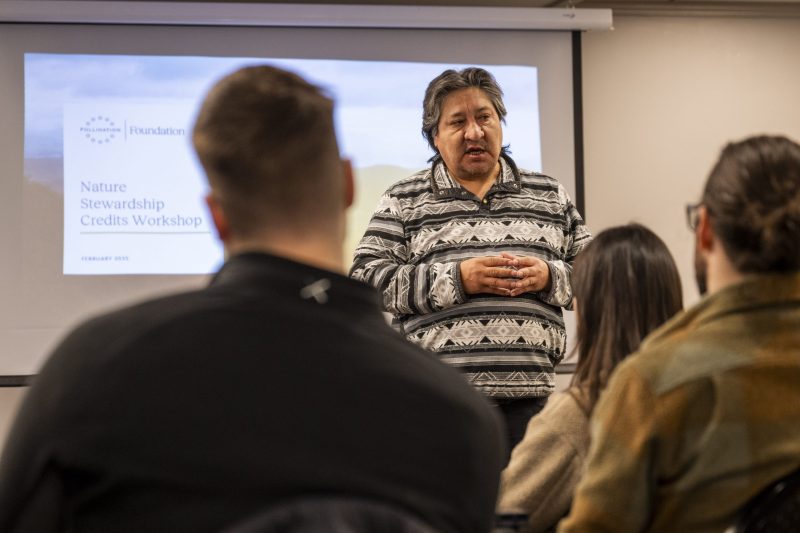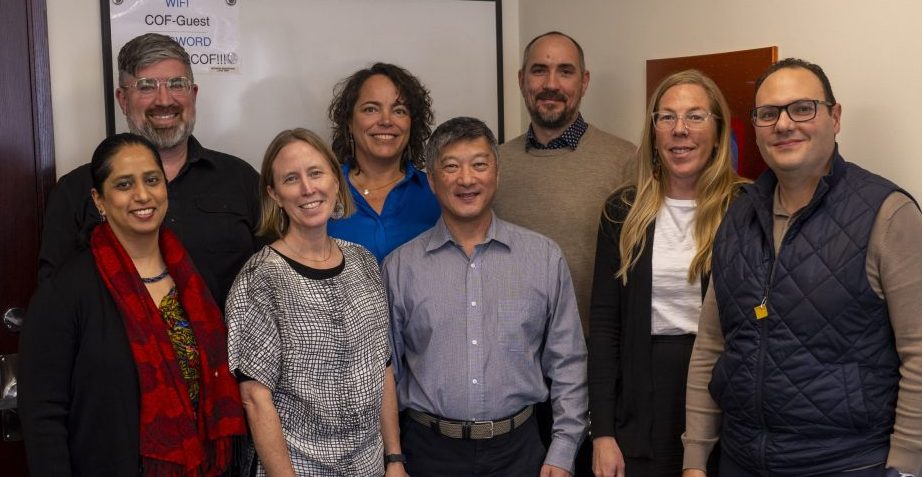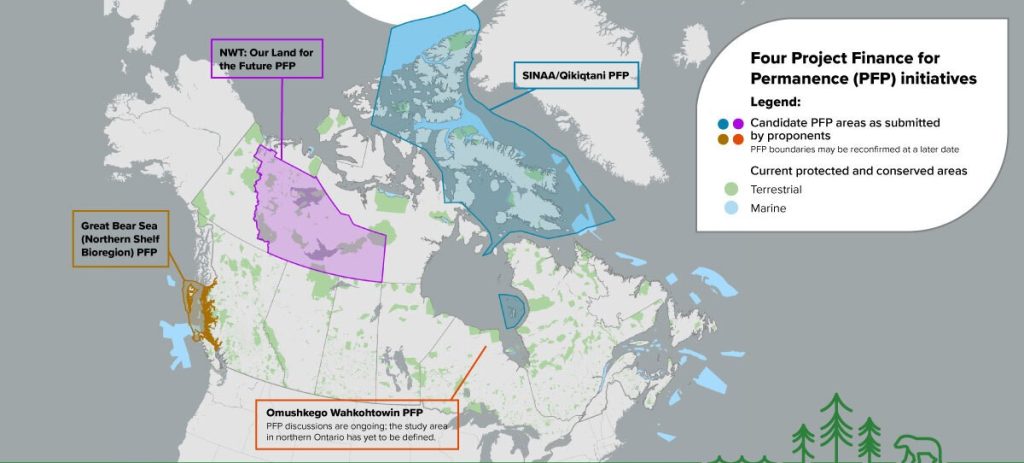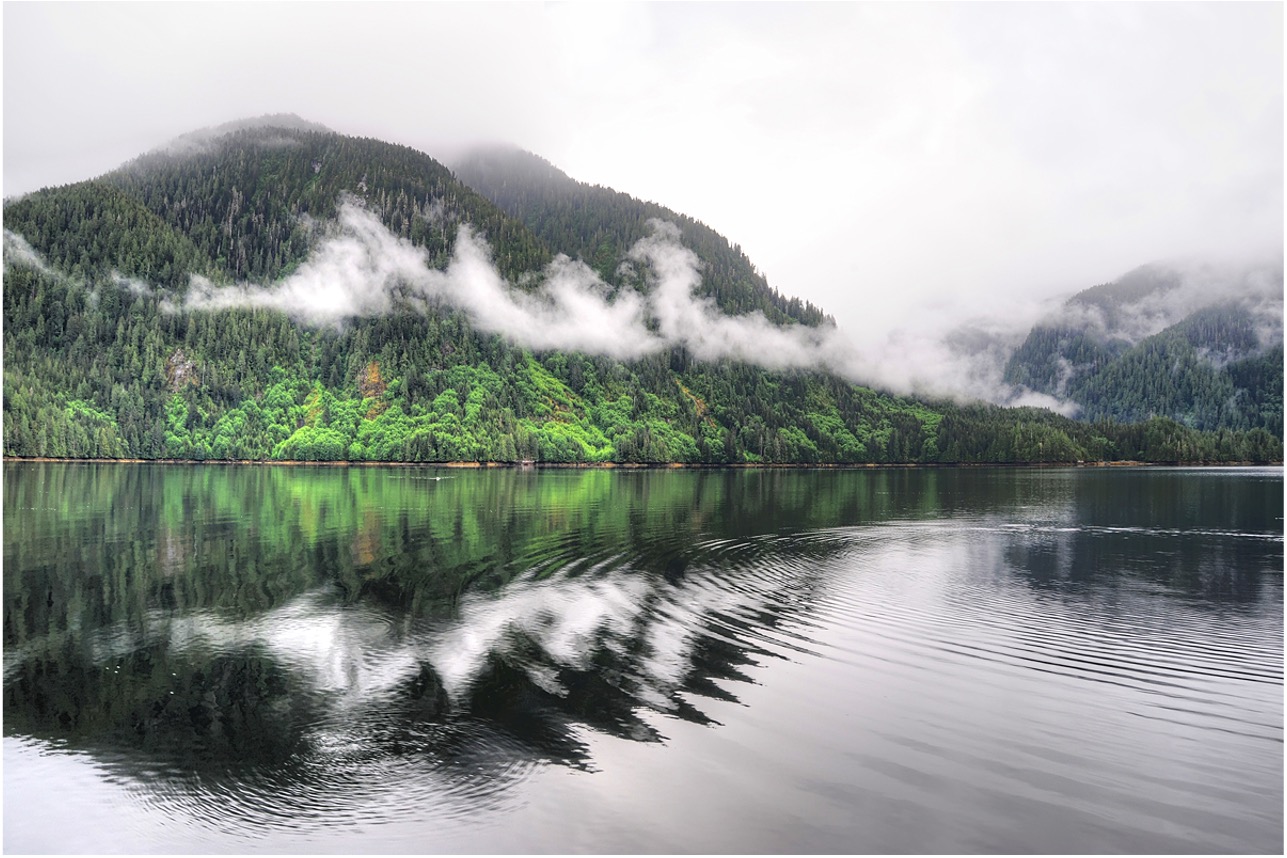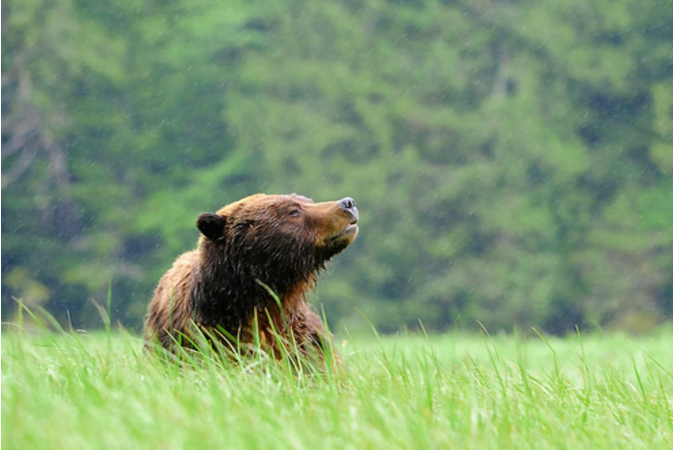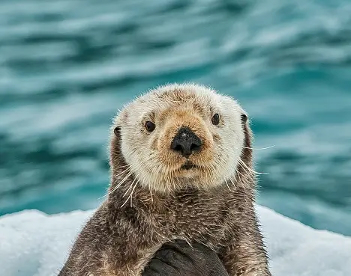What do Indigenous Peoples and local communities (IP & LCs), funders, business and allies need to partner with confidence in Nature Markets?
That’s the question we’ve been asking as we explore the potential for nature markets to be one of a suite of mechanisms to create new sources of revenue to protect, regenerate and steward nature.
While in Canada with our partners at First 30×30 Canada and Coast Funds we heard partnerships between Indigenous, provincial and federal governments are critical to building robust nature market projects. In Canada this is important due to the unique co-governance, co-management and co-funding models for the protection and stewardship of lands and seas.
The role of Indigenous Protected and Conserved Areas (IPCAs)
The Indigenous Leadership Initiative describes IPCA’s as places that Indigenous Nations identify for conservation. They support Indigenous governments to build conservation economies and are a best practice model to sustain the health of our planet. Taking many forms, IPCAs have three things in common:
- They are Indigenous-led.
- They represent a long-term commitment to conservation.
- They elevate Indigenous rights and responsibilities.
IPCAs are first designated through Indigenous law, then through partnership agreements with Federal and provincial governments. These are Nation-to-Nation agreements, in which each party outlines roles and responsibilities. IPCAs may be co-designated as national parks or national wildlife areas, but Indigenous Nations are always co-creators.
Like Indigenous Protected Areas in Australia, IPCAs support Canada to achieve its international commitments under the Global Biodiversity Framework to protect 30% of its lands and waters by 2030.
However, in 2022 less than 1% of land in Canada was designated as an IPCA, even though more than 50 Indigenous groups were at that time funded to consider and establish IPCAs. And, IPCAs don’t come with the scale of funding needed for long-term stewardship of lands and seas.
In response, the Canadian Government announced – during the Convention of Biological Diversity COP15 in Montrel – a $800m commitment to accelerate Indigenous-led conservation.
The intent of this commitment is to leverage private sector investment through the establishment of Project Finance for Permanence models woven around IPCA geographies.
